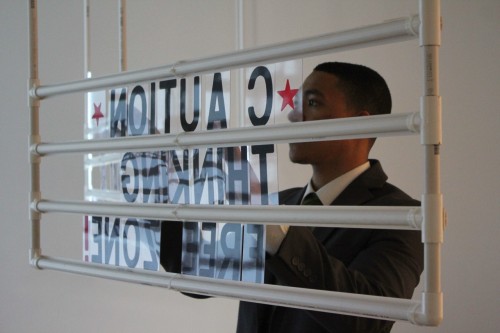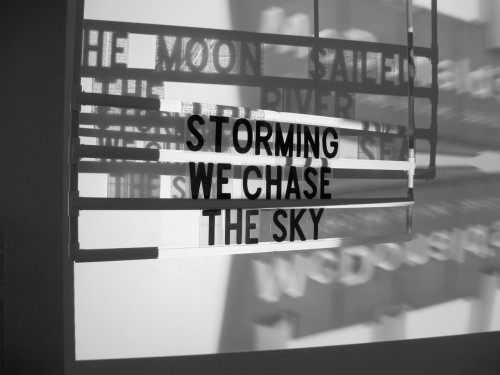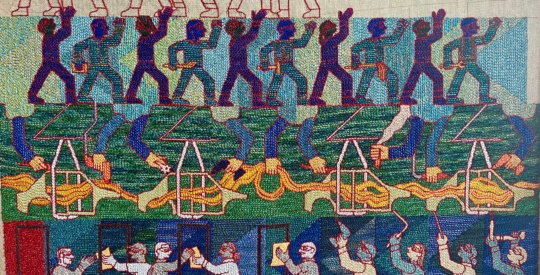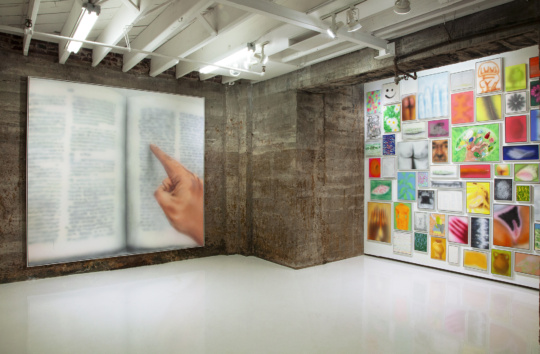“Our destination is never a place, rather a new way of looking at things.” – Henry Miller
First encounters are usually those that continue to echo as a backdrop to anything that comes after that moment. We had just completed a 24-hour flight from New Zealand via LA, with a stopover in Denver before finally landing in Atlanta. Here we were picked up and driven north to Marietta via I-75. Less than five minutes off the interstate and on South Marietta Parkway, it became clear that my intention of riding a push bike to Southern Polytechnic State University was likely to be suicidal. We had been warned. However, the reality of Atlanta’s auto-centricity came as a shock as did the blandness of the commuter’s beat.
The automobile is quintessential to the American Dream in both the display of social and physical mobility – ideally upward and respectively forward. In the South, the car is clearly a public expression of prosperity, success, and freedom. Noticing gleaming SUV’s parked alongside run-down, moss-covered trailer-homes, this national symbol begins to appear disingenuous.
 In this overtly high-octane-fueled urban environment, contradictions of what constitutes freedom beguile us, and force us to question our own ambition of driving across the Wild West to LA at the end of our stay in the South. Our antipodean psyches have also been captivated by clichéd road adventures fed by American popular culture and film.
In this overtly high-octane-fueled urban environment, contradictions of what constitutes freedom beguile us, and force us to question our own ambition of driving across the Wild West to LA at the end of our stay in the South. Our antipodean psyches have also been captivated by clichéd road adventures fed by American popular culture and film.
People roll their eyes in sympathy, mimicking the monolithic Big Chicken’s revolving eye, when we tell them we live on Roswell Road. Coming from a remote coastline in New Zealand, we have taken to imagining alternatives to the vehicular roar of the interstate. I-75 has become an ocean, a body of water or, less poetic, a colonic; its only value is the speed of its evacuating us out and into quieter tributaries of rural Georgia. Seven lanes of traffic and right-side driving also add an alarming dimension to driving alongside the brash signage and billboards that jostle for airspace high above the longleaf pines.
The highway and the vehicle have become an inevitable part of the warp and the weft of our Atlanta experience. The strip malls escort us throughout the counties – their predictability dulls our senses and disorientates us. The repetition of red brick, cavernous parking lots, and fast food chains continues to deceive us. Didn’t we just come through this way? Driving the interstate, the rhythmic beat of signage crashes into and then slides off the screen. Has the American frontier and all it symbolizes been reduced to the ubiquitous billboard? These form blue screen moments of desire; saccharine assurances and choleric commodities. Eventually, repetition finds difference. Variety is integral to survival, genetic and otherwise.
Finding human traces in among the homogenized urban environment, we start to see cracks in the veneer. Worn dirt tracks along curbsides made by the solitary pedestrian; an apologetic piece of tagging in fading black felt tip on the backside of Walmart; a small group of people talking in a bus shelter – its servicing removed two years ago; a constellation of grimy chewing gum speckling the East Marietta Shopping Center parking lot; a plaintive “LOST” dog notice pinned to a wooden post.
Along with these precious glimpses of humanity, we note other signs. Contrasting the cacophony of multibillion-dollar corporate rhetoric, black and white signs mimic the sales pitch yet also, by virtue of their style, a DIY quality. The banter offers both secular and nonsecular consumables. Illuminations such as “EAT GIZZARDS & LIVERS,” “GET FIT! WALK WITH JESUS, RUN FROM EVIL” and “GOD BLESS AMERICA” mantras that promise sustenance for the belly and/or the soul. Phrases accumulating in odd juxtapositions evolve into a strange surrealist game. In these signs we discover the potential for a psycho-geographical potential to the otherwise bland topography of the billboard frontier.
These signs have formed the backbone of our project “Plastic Poetics: Notes on the Blacktop,” currently installed in the new media Art Lab at Columbus State University. The installation gives the visitors a voice for their own thoughts and responses to the video footage taken from a car window. Using the letters and a handful of ready-made words, the participants construct a dialogue in response to the monologue of commerce. Unfolding words we find combinations such as “Buy more wind – breath less,” “Storming we chase the sky” and “STUTTERING.” These new signs are being documented and printed onto stickers informing the installation and further, a second life, outside beyond Art Lab. Sticker bombing these utterances on our pilgrimage west, we plan to disseminate plastic poetics, the re-visioning of an alternative American Dream and the frontier.

Ana Terry is the current Visiting Fulbright Scholar in Residence at SPSU, teaching in the Department of ETCMA (English, Technical Communication and Media Arts). She is an interdisciplinary artist and educator working across the fields of sculpture, installation, digital media, and graphic design. She lectures in two major universities in New Zealand.
Don Hunter is currently teaching in the Department of ETCMA (English, Technical Communication and Media Arts). He has been working in the visual arts and cultural industry for over 15 years as a manager, mentor, artist, local government manager, educator and technician. He has been lecturing at tertiary and community level since 2005 with a strong emphasis on interdisciplinary creative process and studio application relevant to industry. He has exhibited nationally and internationally for over a decade.
Number 8 Collective was awarded the William Hodges Fellowship Art Residency in Southland, New Zealand (2008), the inaugural Platform China Artist Residency in Beijing, China (2010), and Arts Residency in Colombia at Casa Tres Patios (2012). In the last 5 years the collective have focused on working with communities using art as a pedagogical platform for education and empowerment.





